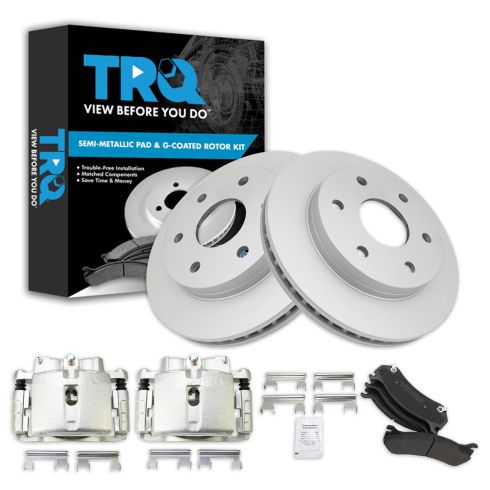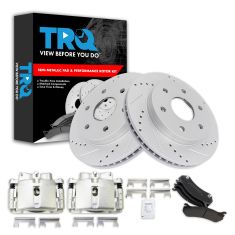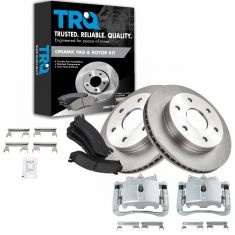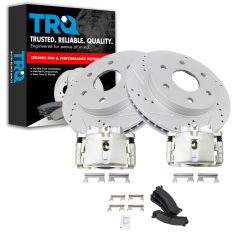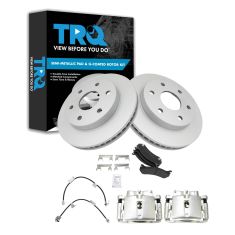1ABFS17127-Chevrolet GMC Cadillac Front Semi-Metallic Brake Pad & Rotor Kit with Calipers TRQ BKA35914
Replaces
2003 Cadillac Escalade ESV Front Semi-Metallic Brake Pad & Rotor Kit with Calipers TRQ BKA35914
Product Reviews
Loading reviews
There are no reviews for this item.
Customer Q&A
No questions have been asked about this item.
Cadillac is a registered trademark of General Motors Company. 1A Auto is not affiliated with or sponsored by Cadillac or General Motors Company.
See all trademarks.



















